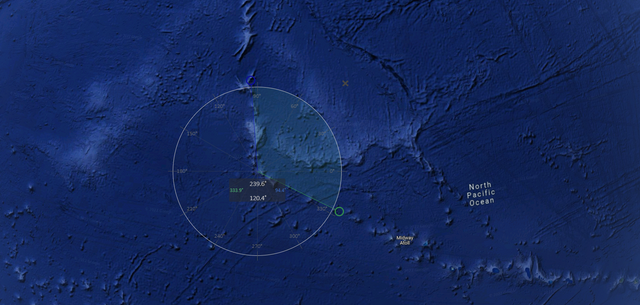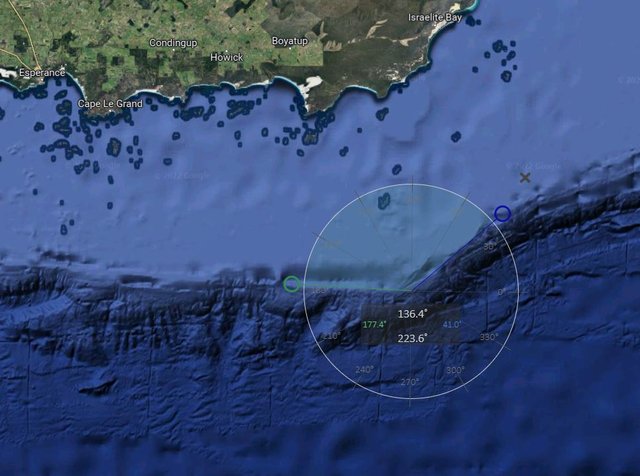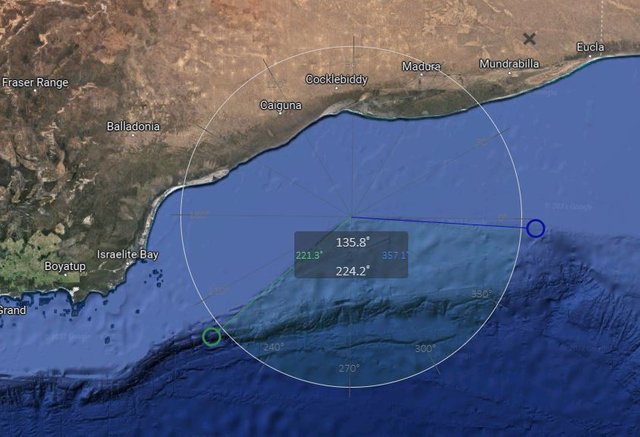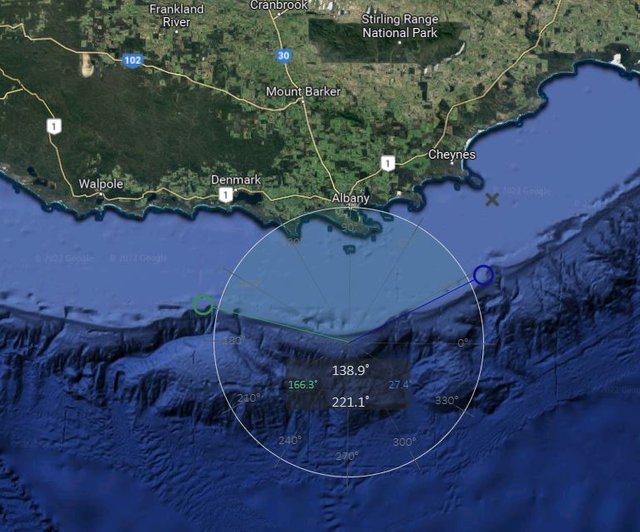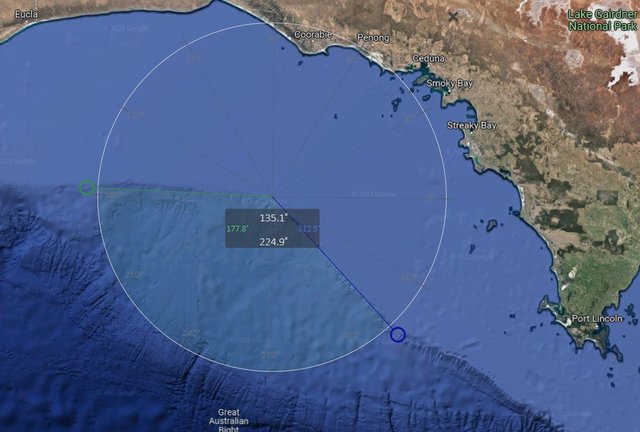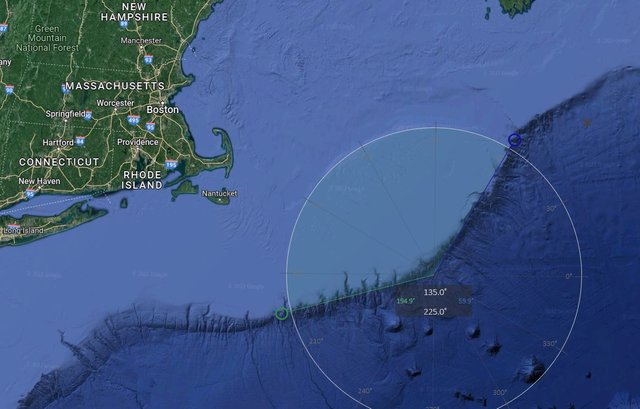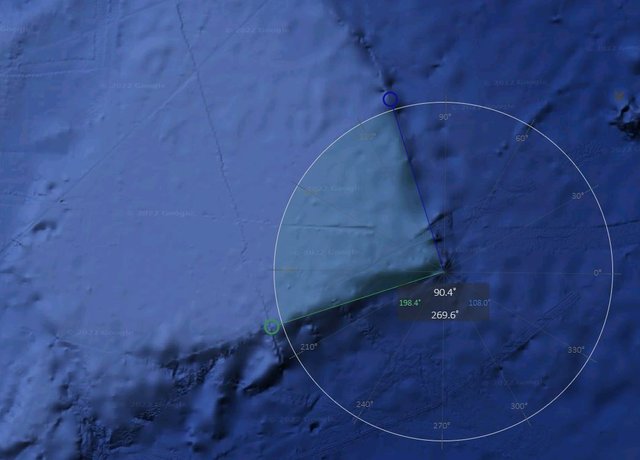Angles of the World
This is a compilation of my best attempts to earnestly find angles of edges of continental shelf as formed due to the Earth's expansion process (see my previous works for details).
In the process, when there were straight edges for a distance followed by a bend and then straight edges, each side of the angle is ultimately aligned ~with the portions that are straight and not the curved sections. These numbers are important as they relate to crystalline structures.
These further provide evidence of the expansion of the Earth, as discussed in my previous works in detail, having followed precise geometric processes.
To people offended because, well, plate tectonics: Obviously this can be construed as cherry picking data. I would direct your attention to the sheer quantity of near identical specific angles at places like the many 120 degree angles around Africa and the string of 135 degree angles along the Australian coast. If this is happening, wouldn't it benefit us to analyze it further and determine if there is a REASON the angles TEND to be certain angles, especially in the places where sudden turns occur? Do not just dismiss it as trivial when there are in fact far more places sharing the same angles on Earth than would be the case if it was more "random."
This is more than just some angles overlaying google maps. It is indicative of the geometric nature of how the continental crust, which was a single landmass with no oceanic crust between whatsoever, fractured sufficiently for the Earth to grow to a new radius. The ocean beds were formed in this process, much of the water on Earth's surface was released from within the planet. The angles contain the record of how it occurred written in stone.
The Curious Case of 120 Degrees
Africa
Asia
Australia
North America
South America
135 Degrees
As the first 5 images are all one after another along the Australian coast, that they closely approach 135 degree angles is anomalous, being 180-45 suggestive of a "cleavage" process at 45 degree angles when the Earth's crust fractured from a single landmass.












